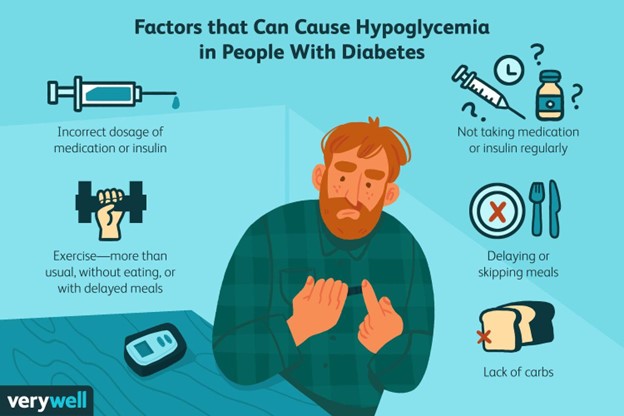A client admitted to a medical-surgical unit for surgery has a history of Cushing's syndrome. Which physical assessment finding would the nurse expect to observe?
Buffalo hump and moon face
Dry, scaly skin and cold intolerance
Dry, sticky mucous membranes and hypovolemia
Exophthalmos and tachycardia
The Correct Answer is A
Choice A Reason: Buffalo hump and moon face are physical assessment findings that the nurse would expect to observe in a client with Cushing's syndrome, as they indicate fat redistribution and accumulation due to excess cortisol production.
Choice B Reason: Dry, scaly skin and cold intolerance are not physical assessment findings that the nurse would expect to observe in a client with Cushing's syndrome, but they may indicate hypothyroidism, which affects the metabolism and skin condition.
Choice C Reason: Dry, sticky mucous membranes and hypovolemia are not physical assessment findings that the nurse would expect to observe in a client with Cushing's syndrome, but they may indicate dehydration or diabetes insipidus, which affect the fluid balance and urine output.
Choice D Reason: Exophthalmos and tachycardia are not physical assessment findings that the nurse would expect to observe in a client with Cushing's syndrome, but they may indicate hyperthyroidism, which affects the eye protrusion and heart rate.
Nursing Test Bank
Naxlex Comprehensive Predictor Exams
Related Questions
Correct Answer is D
Explanation
Choice A Reason: Ketoacidosis is not likely to be the complication that the nurse should suspect, as it is caused by high blood glucose levels and results in symptoms such as nausea, vomiting, abdominal pain, fruity breath, and deep breathing.
Choice B Reason: Hyperglycemia is not likely to be the complication that the nurse should suspect, as it is caused by high blood glucose levels and results in symptoms such as thirst, polyuria, blurred vision, dry skin, and fatigue.
Choice C Reason: Nephropathy is not likely to be the complication that the nurse should suspect, as it is a chronic kidney disease that develops over time due to diabetes and results in symptoms such as proteinuria, edema, hypertension, and anemia.
Choice D Reason: Hypoglycemia is likely to be the complication that the nurse should suspect, as it is caused by low blood glucose levels and results in symptoms such as sweating, tachycardia, lightheadedness, shakiness, hunger, and confusion.

Correct Answer is B
Explanation
Choice A Reason: Swollen, painful joints are not a sign of Lyme disease in the early stage, but they may occur in the late stage, which can take months or years to develop.
Choice B Reason: An expanding circular rash, also known as erythema migrans, is a sign of Lyme disease in the early stage, which usually appears within 3 to 30 days after the tick bite. The rash may have a bull's-eye appearance and can spread up to 12 inches in diameter.
Choice C Reason: Decreased level of consciousness is not a sign of Lyme disease, but it may indicate other serious conditions such as meningitis, encephalitis, or stroke.
Choice D Reason: Necrosis at the site of the bite is not a sign of Lyme disease, but it may indicate a brown recluse spider bite, which can cause tissue damage and ulceration.

Whether you are a student looking to ace your exams or a practicing nurse seeking to enhance your expertise , our nursing education contents will empower you with the confidence and competence to make a difference in the lives of patients and become a respected leader in the healthcare field.
Visit Naxlex, invest in your future and unlock endless possibilities with our unparalleled nursing education contents today
Report Wrong Answer on the Current Question
Do you disagree with the answer? If yes, what is your expected answer? Explain.
Kindly be descriptive with the issue you are facing.
